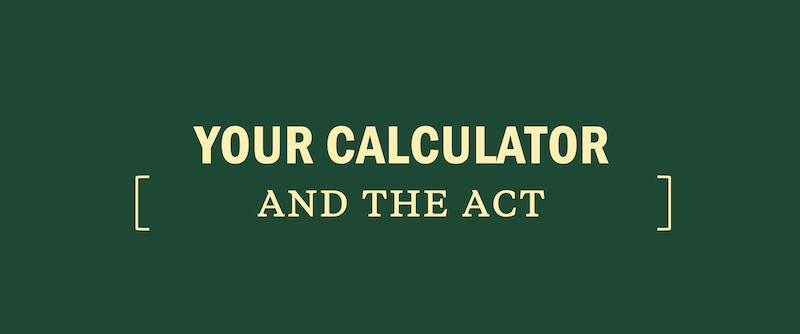How Physics is Tested on the ACT Science Test
To get better scores on the ACT Science Test, you’ll need to become an expert at understanding the three question types: Data Interpretation, Research Summaries, and Conflicting Viewpoints. You will not, however, need to gain any science background or significantly increase your Science knowledge. According to the Official ACT website: “Advanced knowledge in these subjects is not required, but background knowledge acquired in general, introductory science courses is needed to answer some of the questions.” Mechanics: The behavior of physical bodies when subject to forces
Similar to the Biology and Chemistry passages, the Physics passages tests what you can do rather than what you already know and if you’ve taken any Science classes in high school, then you will likely already be familiar with most of the scientific vocabulary the ACT Science Test uses.
According to the Official ACT guide, passages dealing with Physics may feature some of these concepts: mechanics, thermodynamics, electromagnetism, fluids, solids, and optics.
Concepts on the ACT
Thermodynamics: The study of the transfer of heat between materials
Electromagnetism: The study of the interaction of electric currents and magnetic fields.
Fluids: Substances with no fixed shape.
Solids: Substances of definite shape and volume.
Optics: The study of the behavior of light and radiation.
Again, all the information you need to answer the questions will be presented in the passages. So there will be no questions such as, “what is the second law of thermodynamics?”, unless that answer is to be found explicitly in the given passage.
You won’t need to do any difficult Physics computations, and a calculator is not allowed on the ACT Science Test. The only math that will be required is simple arithmetic: addition, subtraction, multiplication, and division. According to the official ACT guide, “the test emphasizes application of scientific reasoning skills rather than recall of scientific content, skill in mathematics, or reading ability.”
We can approach ACT Science passages without any outside Physics knowledge as long as we read the passages carefully, taking notes as we read. It will help to know where to refer back to find specific information to get a correct answer if you use notes. Think of these passages like Physics-themed Reading Test passages.
Physics Practice Question
A physics student is performing an experiment involving a 10-cm-long spring mounted on a tabletop. The student compresses the spring until its length is 5 cm, as shown in Figure 1, and prepares to release it. When the spring is released (defined as time 0), the timer that controls the camera is started, and photographs are taken every 0.5 seconds.
The results of the first 3 seconds of the experiment are shown in Table 1. The student has measured the length of the spring in each photograph, and used the change in length to calculate the potential energy of the spring (relative to its potential value at time 0).
Question 1: The experiment is designed to determine how:
A. the length changes as the potential energy changes
B. the potential energy changes as the length changes
C. the time changes as the length changes
D. the length and potential energy change as the time changes
The passage states that the student measures the change in the length over time to calculate the potential energy. In Table 1, we see that there were three factors that interested the student: time, length, and potential energy. We don’t even have to know what “potential energy” is to see that D is correct!



